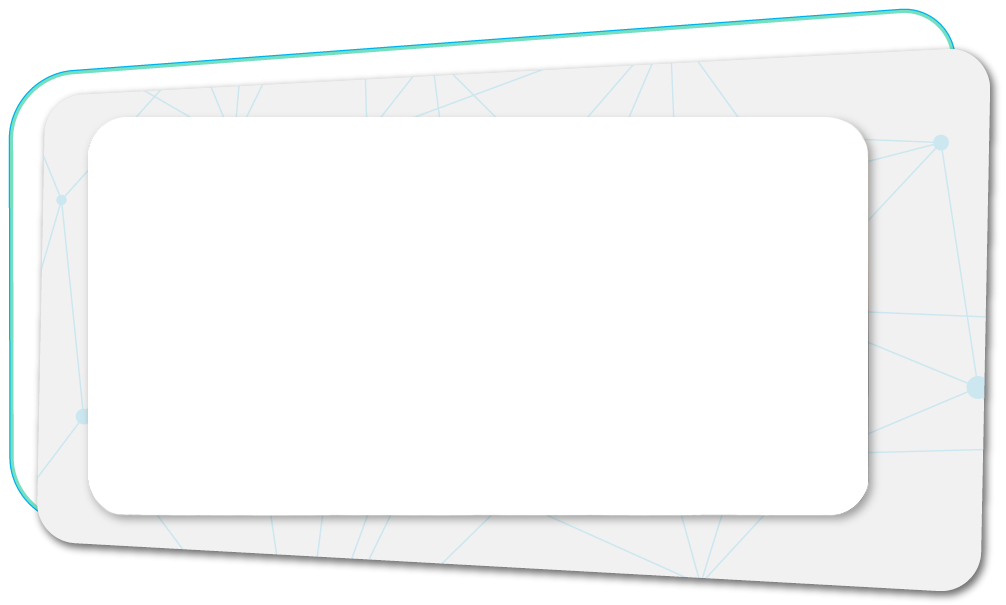We increasingly use technology like data legacy systems to access important information online. From travel policies to mortgage statements, receipts to insurance documents, as consumers, our expectations about what we can see, when we can see it and how clearly it’s presented are higher than ever. And we’re using our mobile phones to access that information in greater numbers than ever before; in 2018, 52.2% of all website traffic worldwide was generated through mobile phones, up from 16.2 % just five years earlier. 1
In our time-poor, technology-rich age, we’re also tending to choose self-service options over personal interactions. In fact, Gartner predicts that by 2020, a customer will manage 85% of the relationship with an enterprise without interacting with a human.2
At the same time, we remain acutely aware of the security issues around our personal data, with PwC recently reporting that 69% of consumers believe companies are vulnerable to hacks and cyber-attacks.3
Businesses need to take all these factors into account when they’re thinking about customer experience (CX) and, in particular, how best to share information with their customers. Despite their best intentions to satisfy customers’ digital needs quickly, easily and securely, businesses often hit a bump in the road when it comes to extracting the high-value data their data legacy systems hold.
The Constraints of Data Legacy Systems on Digital Communications
ERP, HCM and CRM legacy systems are often a patchwork of parts designed to meet a diverse range of needs (past and present) within a business, which by their very nature makes it difficult to extract and use the extremely powerful information they hold in a meaningful way.
They often use outdated logic, have hard-coded, unwieldy structures that are difficult to change are challenging to integrate with emerging technologies and restrict document output options. They also struggle to provide real-time information, typically only produce paper-based communications and lack the functionality to offer – or link with – online services.
And then there’s the high capital investment, lengthy implementation period and business disruption involved in overhauling or replacing a legacy system that holds many businesses back from achieving the multi-channel digital communication of customer and employee documents and process automation needed to equip them for future success.
Put the life back in your legacy system data
Datagraphic’s secure end-to-end document automation service – Aceni – integrates with data legacy systems so you can provide a digital experience for your customers without lengthy change projects and capital expenditure.
Aceni is ideal when you need a secure method of presenting sensitive, financial or personal information to customers, employees and suppliers. It can give your customers a simple and interactive view of their current and historical documents, all in one place.
In providing a secure gateway to a range of digital documents, organisations can empower customers to quickly and easily complete a transaction, get the answer to a question, resolve a problem or raise an issue. This has two important consequences: it ensures a smooth, seamless customer experience that inspires customer loyalty and peer-to-peer promotion, and it also relieves pressure on finite customer service resources, especially during periods of high growth.
More Benefits of Aceni
- Secure 24/7 access 365 days of the year from any connected device
- Protected to banking standards at Datagraphic’s ISO 27001 UK production facility
- No licence fee. Pay for the documents you send, not per user or document click.
- Implement in weeks, not years, to reduce capital expenditure and achieve quicker ROI
Sources
1https://www.statista.com/statistics/241462/global-mobile-phone-website-traffic-share/
2https://www.superoffice.com/blog/customer-experience-statistics/
3https://www.pwc.com/us/en/services/consulting/library/consumer-intelligence-series/cybersecurity-protect-me.html


